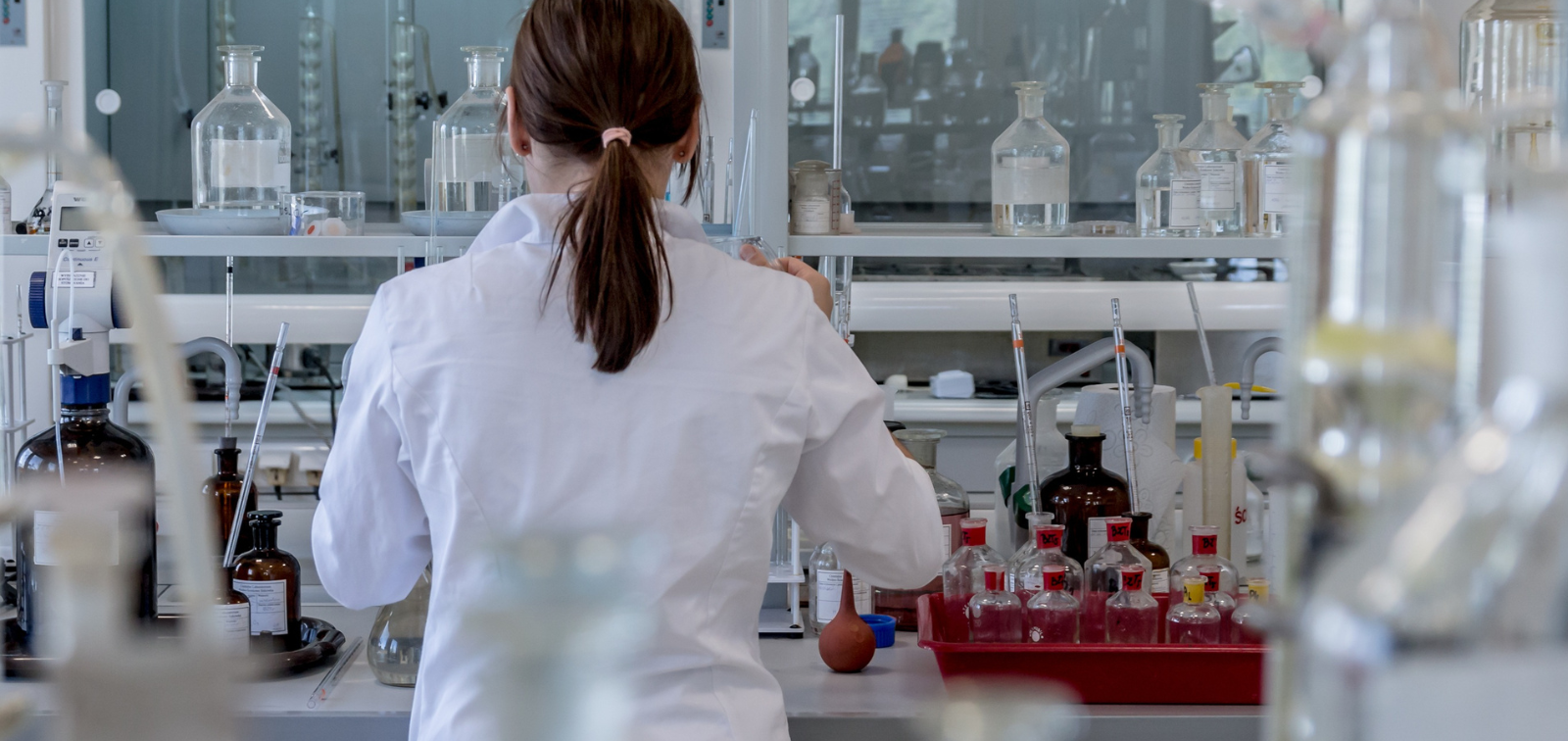R01 AI095789
Understanding RTS,S malaria vaccine-induced protection through integrated analysis of antibody, B cell and T cell immune responses

- Duration
- 01/06/2012 - 31/07/2020
- Coordinator
- Carlota Dobaño
- Funded by
- NIAID NIH
A Phase 3 trial of the RTS,S/AS01E malaria vaccine was performed in multiple African trial sites. A first interim analysis showed a vaccine efficacy of 55.8% (95% CI 50.6-60.4) against clinical malaria and 47.3% (95% CI 22.4-64.2) against severe malaria. Previous trials had shown that in some circumstances vaccine efficacy lasted 45 months while in others it waned at 3 months. Initial phase 3 trial results maintained open questions regarding duration of protection, which could be affected by malaria transmission intensity.
We aimed to address key gaps in knowledge of RTS,S mode of action through the analysis of well-characterized plasma and cell samples collected in the trial. RTS,S delivered in combination with the AS adjuvant system was designed to elicit strong antibody, TH1 and CTL responses to the circumsporozoite protein (CSP). Our understanding of the mechanisms of protection was only partial.
Based on clinical and immunogenicity data from the Phase 2 studies, we proposed a model of how protection is developed. We hypothesized that long term protection against clinical malaria depends on two distinct, but related, mechanisms:
- Initial partial pre-erythrocytic protection via induction of vaccine-specific humoral and cellular immune responses, which reduces the release of merozoites from the liver into the bloodstream.
- Long term immunity resulting from enhancement of blood stage (BS) immunity facilitated through subclinical BS infection due to partial RTS,S protection.
Vaccine efficacy can be affected by parasite-driven immune modulation such as hyporesponsive populations of memory B cells. We proposed to characterize the quality of the antibody response and supporting B- and T helper cells (TFH-like and TH2), as well as TH1 responses that could contribute to protection via effector functions such as cytolytic killing of parasite-infected erythrocytes or secretion of cytokines (Aim 1).
We proposed non-biased antibody profiling via protein array covering a large portion of the P. falciparum proteome (Aim 2).
Our aim was using discriminant computational methods to analyze multivariate data and cross-validate predictive signatures of protection. Insights into the immune responses that need to be activated to achieve vaccine efficacy can guide rational design of future vaccines, as these responses could be selectively modulated by appropriately engineering antigens, adjuvants and delivery systems.
Aim 1: To define the initial protective immune responses targeting CSP upon vaccination with RTS,S/AS01E
Hypothesis: Immunization with RTS,S/AS01E generates high affinity, functional anti-CSP IgG targeting sporozoites in protected volunteers following vaccination. This occurs when CSP-specific naïve B cells are driven to differentiate into memory B cells and plasma cells in germinal center reactions, a process orchestrated by TH2 and TFH cells.
Specific objective 1A: To assess how antibody quality indices (affinity/avidity, subclasses) and functionality influence protection by evaluating CSP-specific antibodies in “protected” and susceptible RTS,S vaccine recipients.
Specific Objective 1B: To characterize functional populations of CSP-specific T cells and cytokine signatures induced by RTS,S vaccination, identify those associated with protection, assess their gene expression signatures, and correlate them with CSPspecific antibody responses.
Aim 2: To explain duration of protection by defining RTS,S/AS01E modulation of naturally acquired humoral and cellular immunity to asexual blood stage parasites
Hypothesis: Partial protection afforded by RTS,S/AS01E stimulates protective antibodies to asexual BS antigens, through a reduction of merozoite release from the liver, leading to attenuated BS parasitemia; this allows for accelerated acquisition of BS protective immunity. These antibodies contribute to longer term protective responses, supported by memory B cells and plasma cells, and T cells providing B cell help.
Specific Objective 2A: To identify antibodies important to long term protection in RTS,S versus control vaccine recipients by evaluating the breadth and magnitude of IgG responses specific to asexual BS antigens induced by the vaccine and protective of clinical malaria.
Specific Objective 2B: To assess the contribution of cellular immunity to maintenance of long-term protective antibodies by immunophenotyping B cell subsets and polyfunctional T cells that specifically recognize asexual blood stage parasites, as well as cytokine profiling.
Total Funding
$ 1,199,437
Our Team
Coordination
-
 Carlota Dobaño Research Professor
Carlota Dobaño Research Professor
ISGlobal team
-
 Gemma Moncunill Senior Research Leader
Gemma Moncunill Senior Research Leader
Other projects
R21 AI151459-01A1
Longitudinal Antibody Profiles Correlated with Protection from Malaria in Malawi
BASEMALVAC
Baseline host and environmental factors that impact pre-erythrocytic malaria vaccine (hypo)responsiveness in endemic regions
GlycoTargets
New antimalarial therapies targeting the glycosylation pathways of ‘Plasmodium falciparum’
CLIMSOCTRYPBOL
Insight on climate and social participatory research for integral management of vectorborne zoonosis caused by Trypanosoma cruzi and Leishmania spp. in the Bolivian Gran Chaco.
VaMonoS
Unravelling the heterogoneity and function of monocytes in vaccination and immunity to malaria
VivaxEVTalk
Extracellular Vesicles as Intercellular Communicators and Biomarkers of Cryptic Erythrocytic Infections in Plasmodium vivax malaria
RESPONSE
Mechanisms of the transcriptional responses to changes in the environment in the malaria parasite Plasmodium falciparum
MalTransc
Transcriptional regulation of adaptation and developmental decisions in malaria parasites: from epigenetic variation to directed transcriptional responses



